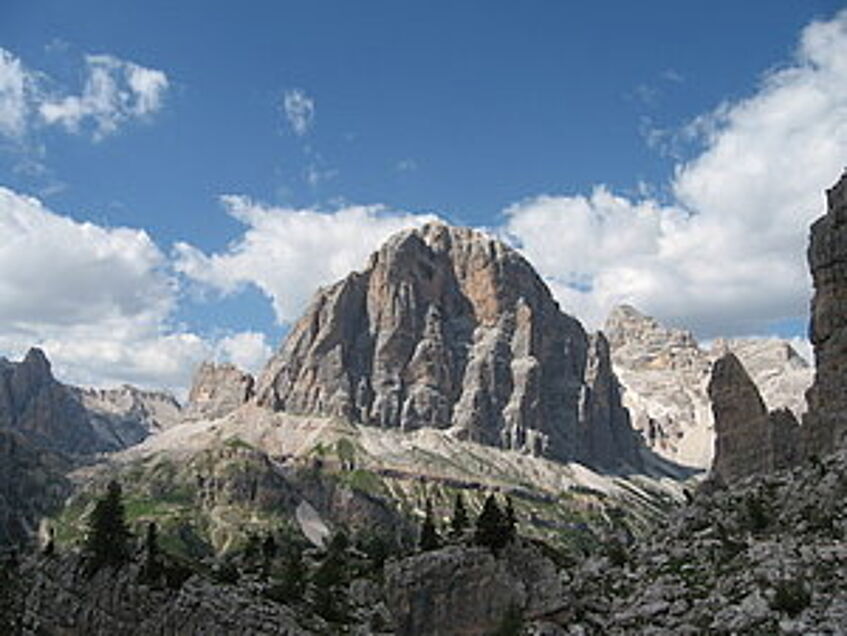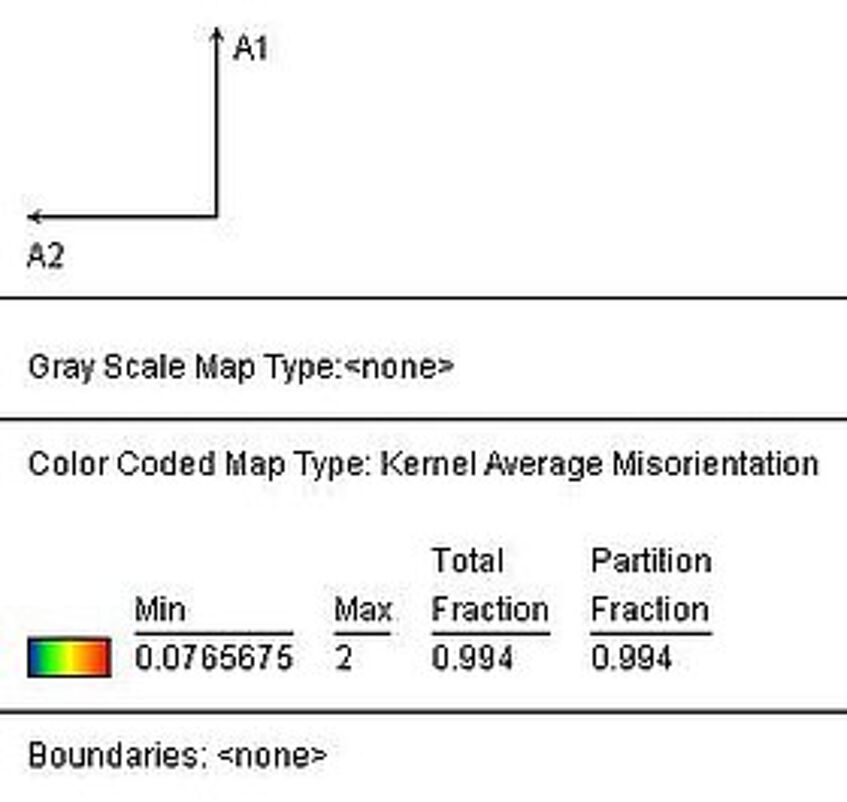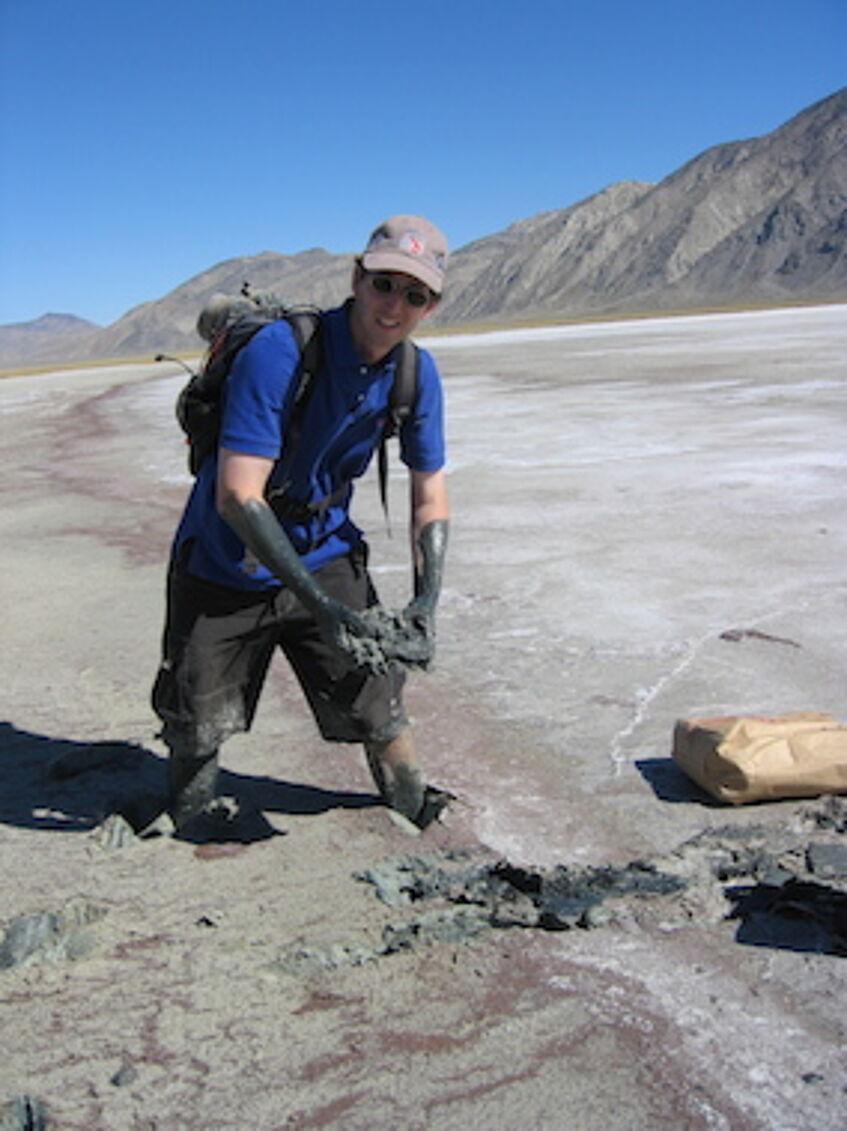Studying primary Triassic dolomites using high-resolution petrographic and mineralogical tools
One of the great still unsolved problems in Geology is how dolomite forms. Recent findings of dolomite forming in culture experiments with living bacteria suggests that the occurrence of large amounts of dolomite in the geological record is coupled to the presence and activity of microbes through Earth's history.

Tofana di Rozas, Dolomites (Southern Alps), comprising a near to 1 km thick bed of dolomite, belonging to the Dolomia Principale Formation. Horizontal bedding in the massive dolomite is due to peritidal cycles that formed in extensive tidal flats (sabkhas) during the Triassic (© P. Meister).
As part of project TRIADOL (http://cordis.europa.eu/result/rcn/186923_en.html) we study dolomites in the Triassic Travenanzes Fm. (Raibl Group). Previous studies by Preto et al. (2015) revealed that Travenanzes dolomites may show early or even primary dolomite phases still preserved within clay-rich inter-layers.
Dolomites in the Travenanzes Fm. show a great diversity of structures such as lamination, synsedimentary deformation, teepee structures, clotted peloidal fabrics etc., indicative of the conditions during deposition. Description of the sedimentary structures is the topic of two BSc theses by Stefanie Klackl and Simon Niebergall.
Sub-micron structures of the dolomites are revealed by backscatter electron diffraction (EBSD) mapping in collaboration with Gerlinde Habler (Department of Lithospheric Research). Orientation maps reveal precise grain boundaries and hence have the potential to differentiate between different dolomicrite domains that would otherwise not be visible.

EBSD map of crystal orientations in a Triassic dolomite lamina, intercalated between Carnian red clays (Travenanzes Fm.) (© P. Meister).

(© P. Meister)
Sr-isotope signatures of dolomites of the Travenanzes Fm. are analysed in specific domains revealed by backscattered electron imaging as part of an ongoing MSc thesis by Maximilian Rieder. Sr-isotopes are used to differentiate between dolomites precipitated from marine and continent-derived waters. Preliminary results point to a marine composition in laminated dolomites, consistent with a Sabkha model for dolomite formation.
Primary dolomite has previously been studied in modern environments, such as Deep Springs Lake, California (Meister et al., 2011). This modern system may serve as a potential conceptual analogue to understand dolomite formation at different times in earth history, perhaps when seawater or platform brines were particularly alkaline.

Modern dolomite forming as unlithified, extermely fine mud in Deep Springs Lake (© P. Meister).
